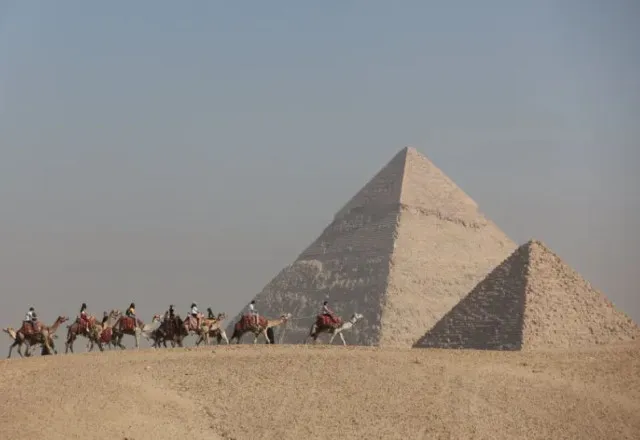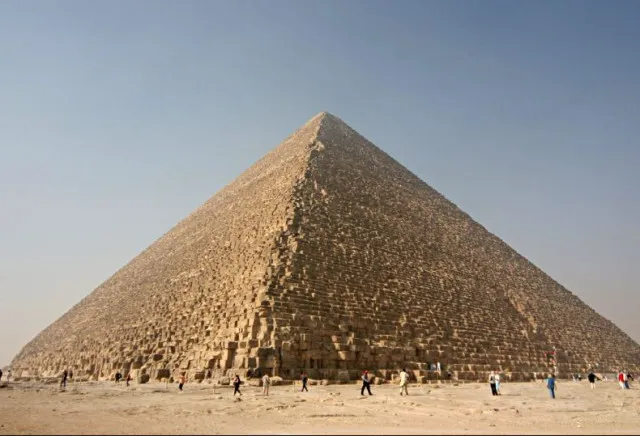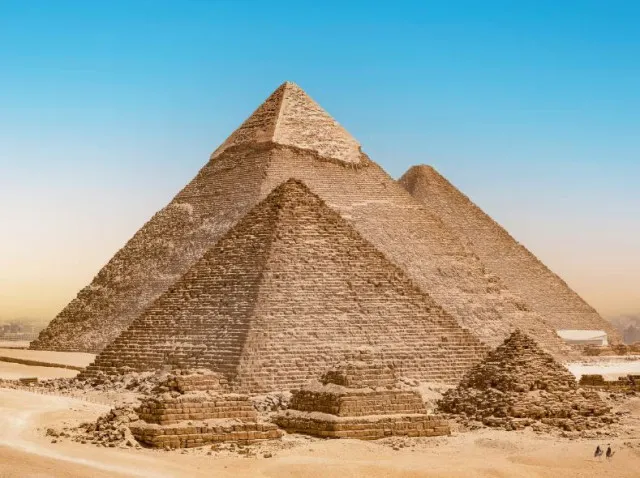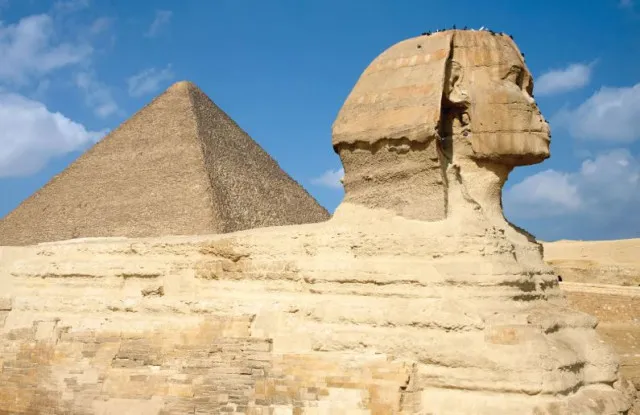Many people are only now beginning to discover that the Great Pyramid of Giza actually has more than just four shapes.
The Great Pyramid of Giza, one of the Seven Wonders of the World, draws millions of visitors each year to its ancient site.
Additionally, known for its impressive 138-meter height, this historical monument has long been recognized for its four sides.
However, recent discoveries challenge this long-held belief.

Contrary to popular belief, the Great Pyramid of Giza does not have just four sides.
This misconception has been widespread, but recent studies reveal a different story.
How researches discovered the true shape
It was in 1940 that British Egyptologist Flinders Petrie first noticed a distinct hollow line down the middle of each side of the Great Pyramid.

This detail, visible from the air, hinted at an octagonal shape. Further investigation by Egyptologist I. E. S.
Edwards in his 1975 book, The Pyramids of Egypt, supported this finding, describing a noticeable concavity running down each face.
The Great Pyramid has more four shapes

The latest research, published in the Archaeological Discovery journal in 2023 by Akio Kato, reveals new findings about the Great Pyramid. It confirms that the structure is not a standard square pyramid.
Instead, it has eight sides, with each face slightly indented along its central line.
Additionally, this unique concavity is most noticeable when viewed from the air.
However, it can also be appreciated from specific ground viewpoints.

Why the Pyramid’s shape matters
The reason behind the inward sloping faces of the Great Pyramid remains a mystery.
Classic Ancient Egyptian engineering techniques and architectural design choices likely influenced this remarkable structure.
Additionally, the subtle concave shape adds a layer of complexity and intrigue to the pyramid’s history and construction.

The discovery of the Great Pyramid’s true shape as a concave octagon challenges our understanding of this iconic monument.
While its four sides are commonly acknowledged, the subtle details reveal a more complex and intriguing design.
Additionally, the mystery of why the pyramid was built this way adds to its allure and continues to captivate historians and visitors alike.